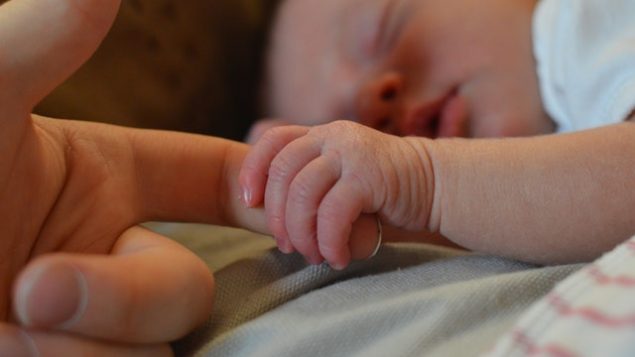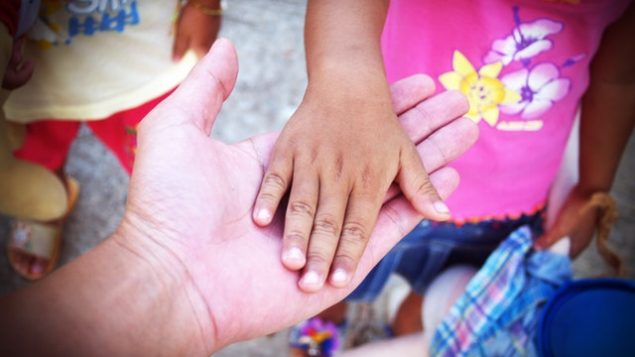Canadian pediatricians get more and more questions from parents about their children’s gender identity, so their association has developed a new resource to help them guide discussions. It includes definitions such as the difference between gender identity which is how one feels inside, and gender expression which is what people choose to express to others.

It can be challenging for parents when a child born one gender and later feels different from that.
Children explore their gender identity
Doctors get many questions such as why a young boy wants to dress like a girl or why a girl identifies herself as a boy. They say that is not a problem and that it’s normal for young children to explore their identities. “For little tiny children, most aren’t aware of their own gender until they’re about two or three,” says Dr. Tracey Bridger, a pediatric endocrinologist working with the Canadian Paediatric Society.
“Then they know they’re a boy or girl or something in between. But they might not match the sex they were assigned at birth. And then, as they grow up, children begin to explore their gender identity and it’s a natural process of self-determination. So, it might change, it might be fluid as they grow up. Many children will have a stable identity, but many do not.”
Listen‘Nothing medically or psychologically wrong’
Things can become difficult with puberty when a child’s body begins to take on the outward appearance of a gender with which they do not identify. So, if you start to look like a girl but inside, feel that you are a boy, you may be very conflicted.
“It’s very important to remember that if your child is transgender or gender creative they can live a very happy, normal, healthy life,” says Bridger. “There’s nothing medically or psychologically wrong with your child. It is just a way of being.”

“Children and youth do much better with unconditional love and support whatever their gender identity is and whatever their gender expression is,” says Dr. Tracey Bridger.
Strong parental support ‘is key’
She says she understands that it may be challenging for parents who discover their children are different from what they thought they were at birth. But she says there are resources to help them. And she emphasizes how important it is for children to have their parents’ support.
“The research is very clear that strong parent support is key and that children and youth do much better with unconditional love and support whatever their gender identity is and whatever their gender expression is.”
Resources available for all
The Canadian Paediatric Society has links to several resources for health care professionals, parents and caregivers and for children.







For reasons beyond our control, and for an undetermined period of time, our comment section is now closed. However, our social networks remain open to your contributions.